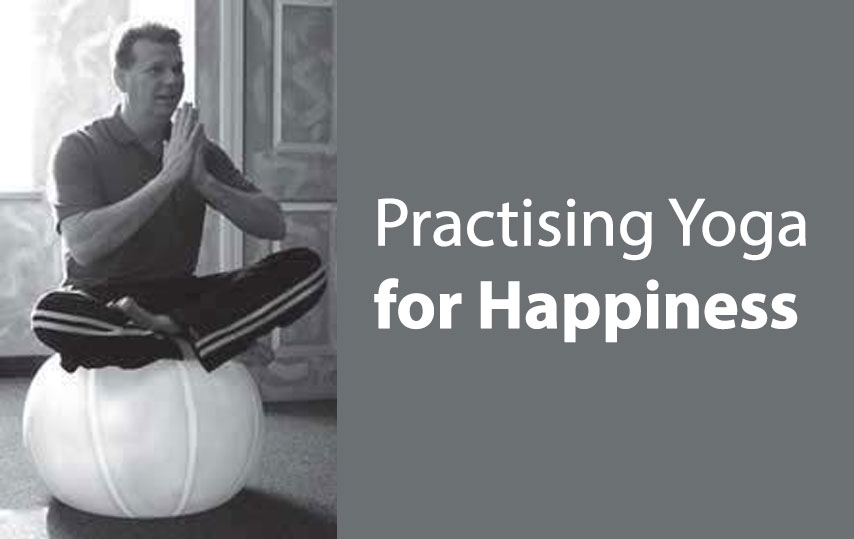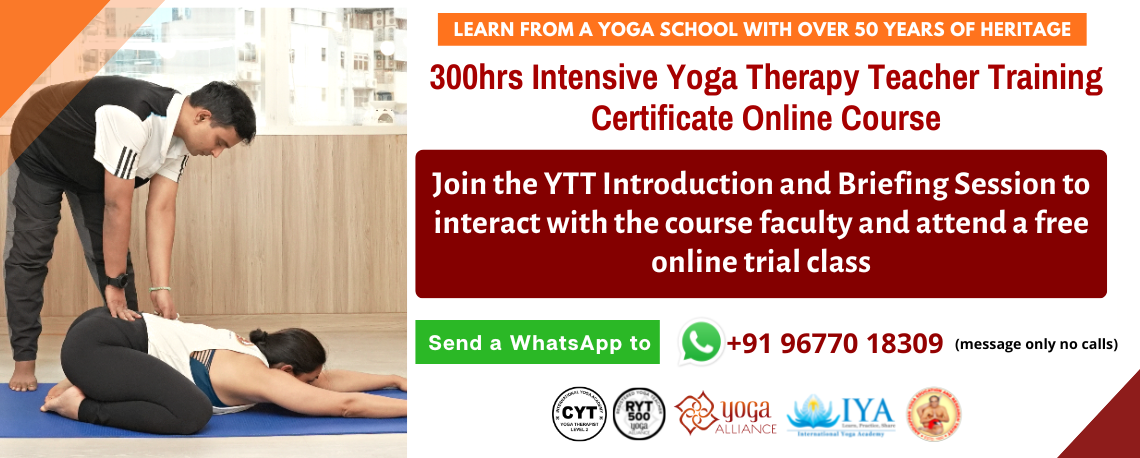What is happiness? Is it something acquired from sources outside of the self, is it something found within every human being, or is it something carefully developed within us? Studies on happiness over the years have questioned where this feeling comes from: Does it come from obtaining material possessions or from a place within the brain, mind or soul? The results primarily point toward happiness as a feeling coming from within a person. Although certain material possessions can cause brief bouts of happiness, these feeling are usually temporary. Happiness grows within a person, resulting in a deep kind of life satisfaction, no matter what outside circumstances occur.
Most of us yearn for this true happiness and contentment throughout much of our lives. Recent studies have shown that practicing Yoga can help nurture happiness in individuals. Some components of happiness are actually physiological, coming from the brain. Happier people have larger prefrontal cortexes than other people. Practicing Yoga encourages changing your consciousness to promote positive thinking and self-affirmations. Over time, this will indeed cultivate feelings of overall happiness and life satisfaction. Yoga encourages people to focus on their inner selves, while breathing, meditating, and stretching. It allows us to slow down from our busy lives for a time, to consider what really matters: our health and well being. Instead of focusing on all of the negative aspects of life, Yoga teaches us to revel in the positive, take each day one at a time, and cope with a variety of stressful situations. People who practice Yoga on a regular basis find it easier to release negative feelings and replace them with optimistic thoughts.
Hatha Yoga also helps improve happiness due to its physical effects on the body. When a person has a physically fit, healthy body, it is easier to be happy about life in general. Having a healthy body is key to living a happy life. Many people store tension in certain parts of the body. You might be feeling an ache in your neck, thinking it is the result of a poor night’s sleep, when it is actually the result of tension stored away in the body. We often hold certain emotions in certain parts of the body. Insecurity and worry can result in lower back pain, grief and loss are carried in the chest area, and stomach problems can occur when we are having trouble processing new information. When anxieties ensue, we can practice asanas and pranayama, which release tension in the body.
Yoga Asanas to Enhance Happiness
Hatha Yoga offers many great therapeutic aspects to those who practice on a regular basis. Breathing, stretching, and inner contemplation encourage a positive mindset in all domains of life. Yoga encourages us to trust our bodies while releasing negative thoughts, feelings, and energy. A Yogic lifestyle helps us learn to replace negative energy with positive. This results in an overall feeling of happiness that cannot be denied. While those who practice Yoga are not walking around like smiling clones, letting all negative emotions wash over them, they certainly know how to cope with negative thoughts and feelings. There are many asanas that you can practice to help enhance happiness in your own life.
Wide-Legged Poses
Wide-legged poses can be a bit challenging, requiring strength in the legs, balance, and concentration. These things work together to enhance will power, self-esteem, and overall happiness. Try a wide-legged forward bend, triangle pose, twisted angle, side stretch, or warrior pose to nurture happiness.
Forward Bend
As you reach forward, then down toward your toes in a forward bend, you learn to release. You must release your shoulders and arms, neck, and head. You will feel the pull of your leg muscles stretching, while all the blood flows to your head for a bit. This is a therapeutic pose, because as you stand upright again, your blood will release itself back throughout the body, renewing the supply and refreshing your outlook.
Legs Up the Wall
This mild counter pose to the forward bend allows the blood flow in the bottom half of the body to reroute itself. The pose promotes grounded thoughts and encourages us to be in the present moment.
Back Bends Once again, the back bend allows the body’s blood flow to reroute itself. Back bends open up the chest and heart, allowing negative energy to be released and replaced with positive energy. If you need extra support, practice back bends with support from an exercise ball.
Pranayama Techniques for Happiness
Practice pranayma techniques in a comfortable, seated position. Choose a time of day that is right for you. You might like to begin the day with breathing to center your energy, clear your mind, and ready your body for the day’s events, while others choose to breathe at the end of the day to release built-up stress or anxiety. You could also do both.
Long Deep Breathing
Begin with a few long, deep breaths.
Pull the air in slowly through your nose, filling up the abdomen while pressing it down into your lower belly. As the air continues to fill your abdomen, up to the chest cavity, keep pushing it down. Pull your shoulders down and back, opening your chest and allowing the breath to continually fill you from bottom to top. Feel your lungs expanding, all the way up to your rib cage. When you can no longer take any more air into your body, hold it for a couple of seconds, then gently let it go through your nose, feeling the air leaving your body all the way to the bottom of your lungs.
Mindful Meditation for Happiness
Meditation encourages you to let go of negative emotions and instead focus on all of the things in your life that are good. By focusing on love, appreciation, gratitude, and forgiveness, you can transform your thoughts over time. You are in control of your mind, your thoughts and feelings. If you allow negative people, thoughts, and feelings to override the positive, they will. Overall happiness occurs by training yourself to feel the negative thoughts, then release them and replace them with positive ones. Begin regular meditation sessions for happiness by sitting in a comfortable, quiet place. Establish a rhythm of deep and deliberate breathing. Close your eyes and relax. Enjoy the breath like you are inhaling and exhaling your favorite food. Focus on something you are grateful for. Your life, loved ones, friends, and good health are well worth considering. Anything that can make you smile or laugh is a good subject for a happy state of mindfulness.


















 Other
Other